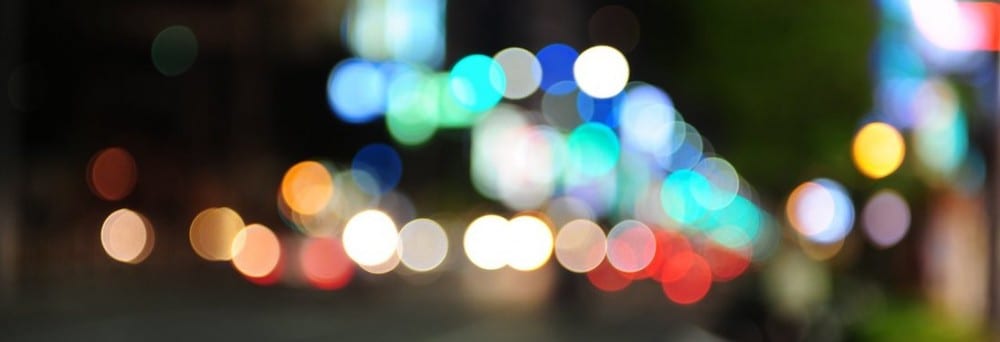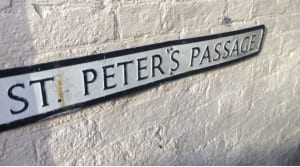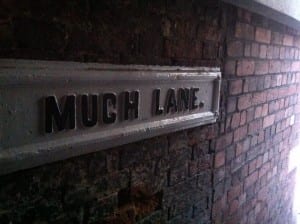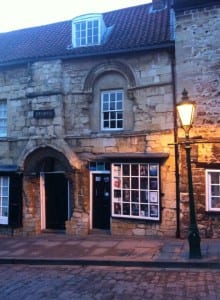Once again my idea for the piece has drastically changed. Rather than following up on the idea of an audience utilising QR codes to gain information from St Peters passage, I have decided to film the alley with a 3D camera and relocate it to a studio. This is due to two reasons; one being that of safety as the location is often unsafe during the night and therefore wouldn’t be adequate to take an audience down there and the other is that the piece would be more effective in a studio. In addition, I believe that placing an audience in a dark, atmospheric room while watching the passage unveil before them in 3D is more effective than having an audience walk down the alley in a large group. As well as the audience watching the passage appear before them, I have decided to add speech throughout the piece. This will add variety to what the audience is watching and perhaps alert them to the different aspects of the passage which they may not have noticed before. An example of a passage I may use is based on the work of Georges Perec and his book An attempt at exhausting a place in Paris (Perec, 2010). Throughout the book, Perec describes in great detail the events which unfold in a certain location in Paris over three days. For example, Perec constantly notes the passing of buses, although this happens so frequently that Perec states ‘I’ve lost all interest in them’ (Perec, 2010, 29). The detail in which Perec describes the events in Paris is something in which I wish to capitalise on with my piece. This is because Perec begins to notice things which usually aren’t noticed such as the ‘slight change in the light’ (Perec, 2010, 36), therefore if I utilise this for my piece I can alert the audience of the little nooks and crannies of St Peter’s passage. Thus, allowing the audience to gain a different and more intricate insight into the location.

This is an example of things unnoticed on St Peter’s passage. What happend here? Who did these marks? Why are they here?
Perec, G. (2010) An Attempt At Exhausting A Place In Paris. Translated from French by Marc Lowenthal. Cambridge: Wakefield Press.




